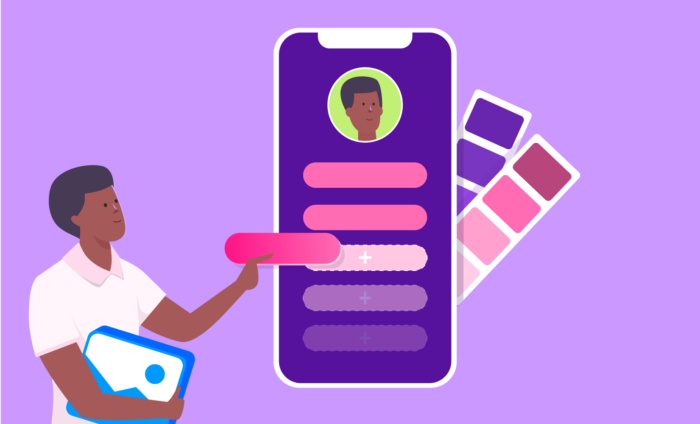611 words ~ 2 min read
Who Needs No-Code (Almost Everyone)

“If you give people tools, and they use their natural abilities and their curiosity, they will develop things in ways that will surprise you very much beyond what you might have expected.”
— Bill Gates
What does it mean to have a “calling?”
In recent days, the term has taken on a woo woo meaning; something relevant only to the new age crowd.
To have a calling seems countercultural. And yet, for many entrepreneurs, creatives, and makers of all kinds — it’s something very real.
I’ve long been a fan of the 1989 film Field of Dreams, for this reason. Because it speaks to something essential about who we are as humans. “This is a story about passion,” one Rotten Tomatoes reviewer put it. “Not just for baseball, but also a passion to do something with our one precious life even if people think it's crazy.”
For me, having a calling is to be pulled to use our talents meaningfully — to build something that will outlast us.
I believe the no-code movement gives us a ladder toward achieving that.
If you are a writer, photographer, or an illustrator, you no longer have to be held back by what you don’t know.
Don’t have programming skills? Not a problem.
“With a spate of new tools that don’t require writing code, anyone can build a website, launch a mobile app, customize an e-commerce shopping experience, or even create a logo,” writes Liz Brody for Entrepreneur.
So, who needs no-code? Look around.
Pretty much everyone.
How no-code empowers makers
If you would have told me when I first launched my company that I would be part of a movement that democratized the internet — I would have laughed you out of the room. Simply because, I didn’t know then, that my vision of building no-code products would align with the present cultural milieu.
All I knew at the time, was that I was called to create. And because I was a developer, I was afforded this privilege. I could go from idea to execution without a second thought — there were no barriers of entry for me.
My creative friends, on the other hand, didn’t have that option. Before platforms like Webflow and Squarespace were made available, they had to pay an engineering team to build them a simple website, or spend countless hours trying to decipher code just to have a portfolio for their writing or photography.
Back then, your technological prowess (or lack thereof) is what defined you.
Fast forward to today. Having zero programming expertise won’t disqualify you from launching a business or creative project.
All you need is an idea.
Now, if you’re an aspiring illustrator, you don’t have to come up with a lengthy business plan or wait months to get a website up and going. No code platforms like Shopify, give you the opportunity to start marketing and selling your designs. No more taking lengthy courses on coding — you get to spend your time on coming up with innovative designs instead of figuring out complicated software.
Budding writers wanting to make a name for themselves and monetize their work can use a product like Substack to create their own paid newsletters — all without the hassle of having to write even a line of code.
In writing for his Forbes column, Greg Satell makes the following argument:
“As we become a more technological society, we also become a more creative society,” he writes, “because many of the rote tasks that used to take up a lot of our time and effort have become automated.”
“What’s more, technology increases our potential to engage in the types of experiences that lead to greater creativity.”
Indeed. When people can follow their natural curiosity, they surprise us in ways we never imagined.
No-code unlocks this momentum.